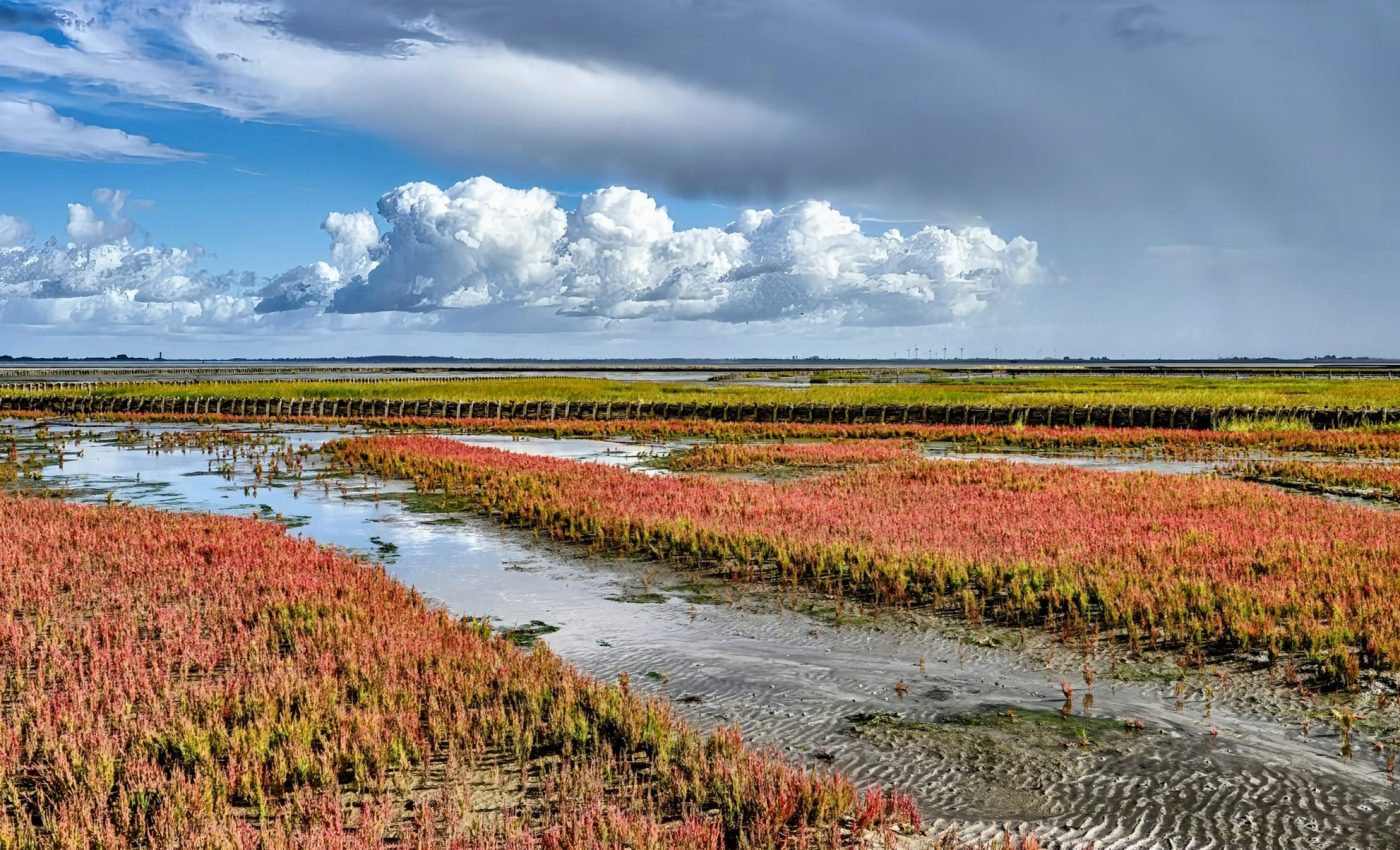
Salty plants can teach us how to grow crops with seawater
Salicornia, commonly known as “sea asparagus,” is at the forefront of an agricultural revolution aimed at addressing the world’s food security challenges in the face of climate change.
Led by Dr. Vanessa Melino from the University of Newcastle, a team of researchers is exploring the remarkable capabilities of Salicornia to develop crops that thrive in salty conditions.
With almost 30% of farmable land worldwide at risk from saltwater intrusion, this research gives hope for keeping agriculture productive.
Power of Salicornia
Salicornia is a plant with an extraordinary capacity for survival, thriving in saline areas across central Asia, the Americas, Europe, the Middle East, and Northern Africa.
Unlike other plants, Salicornia can accumulate high concentrations of sodium in its active shoots without suffering ion toxicity.
“Our research reveals how salt-tolerant plants function on a molecular level to cope in extreme environments. We can use this information to breed crops that can be cultivated with saline groundwater or even seawater,” noted Dr. Melino.
Salicornia’s ability to store sodium within its cells through specialized transporters is a key to its survival in extreme conditions.
This knowledge could pave the way for breeding crops capable of thriving in salt-laden soils. It offers a viable solution to the salinization problem – an issue that affects vast swathes of arable land.
Salicornia’s secret to salt tolerance
Dr. Melino has spent years developing pure breeding lines of Salicornia, particularly while working at King Abdullah University of Science and Technology (KAUST) in Saudi Arabia.
In a recent study, her team revealed new insights into the molecular mechanisms behind Salicornia’s high salinity tolerance.
“This suggests that Salicornia has highly efficient processes to store sodium in compartments within cells through the action of specialized transporters,” said Dr. Melino.
Diversifying agricultural horizons
Salicornia’s unique traits extend beyond survival. Known for its crisp, juicy, and salty taste, it is already enjoyed as a delicacy in several countries.
Dr. Melino sees potential in developing Salicornia as a source of vegetable oil and high-quality protein.
“By focusing on fats (oil) and protein, we are trying to develop products that can be transported easily and are more sustainable than other sources – using seawater for irrigation instead of relying on limited freshwater resources,” noted Dr. Melino.
From wild plant to profitable crop
Despite its impressive qualities, Salicornia remains a wild plant, and transforming it into a profitable crop is a painstaking process.
Dr. Melino and her team are employing modern genomic and genetic tools to speed up this domestication.
“With modern genomic and genetic tools, we can select and introduce traits that are desirable for cropping,” said Dr. Melino.
This innovative approach aims to help farmers cultivate food crops in saline soils using seawater or brackish water, offering a sustainable solution to increasing salinization.
Australian cousin: The Samphire
The research is already branching out, and while still focused on Salicornia, another species native to Australia called Samphire has also piqued the interest of the researchers.
Samphire thrives under high-salinity conditions and could potentially be another solution to the salinization of farmland.
New opportunities for coastal communities
Beyond their agricultural potential, salt-tolerant crops like Salicornia and Samphire also present significant socio-economic opportunities for coastal communities.
These plants can be cultivated on coastal lands that are otherwise unsuitable for traditional farming, turning these regions into productive agricultural hubs.
This not only helps in diversifying the local economy but also provides new employment opportunities, fosters sustainable development, and reduces the reliance on freshwater resources.
Coastal farming initiatives could transform the landscape of agricultural production, making it more inclusive and resilient in the face of climate change.
Salicornia: Cultivating coastal prosperity
With over 2 million hectares of Australian farmland plagued by salt, there’s a clear need and opportunity for developing salt-tolerant crops.
Domesticating the Samphire plant could offer an alternative solution to this issue, potentially transforming this salty pasture into a potent source of oilseeds and alternative protein.
With the right breeding strategies and ongoing research, we could see a new era in farming. In the near future, it is possible that saltwater will not be the enemy, but the ally, of crops. This research could ultimately pave the way toward a more stable and resilient agricultural future.
The study was published in the journal Nature Communications.
—–
Like what you read? Subscribe to our newsletter for engaging articles, exclusive content, and the latest updates.
Check us out on EarthSnap, a free app brought to you by Eric Ralls and Earth.com.
—–













